‘The Australian Ark’ by Andrew Caillard Book Review: A Mind-Boggling Masterpiece about Australian Wine
by Ken Gargett
Australian Master of Wine, Andrew Caillard, with assistance from his publisher, Angus Hughson, has finally finished what is surely his, and indeed the Australian wine industry’s, magnum opus, ‘The Australian Ark.’ Released as a trilogy, it is subtitled as ‘The Story of Australian Wine from 1788-2023’. If there is a comparable work detailing the history of wine in any other country, in such depth and in such a riveting manner, I am not aware of it.
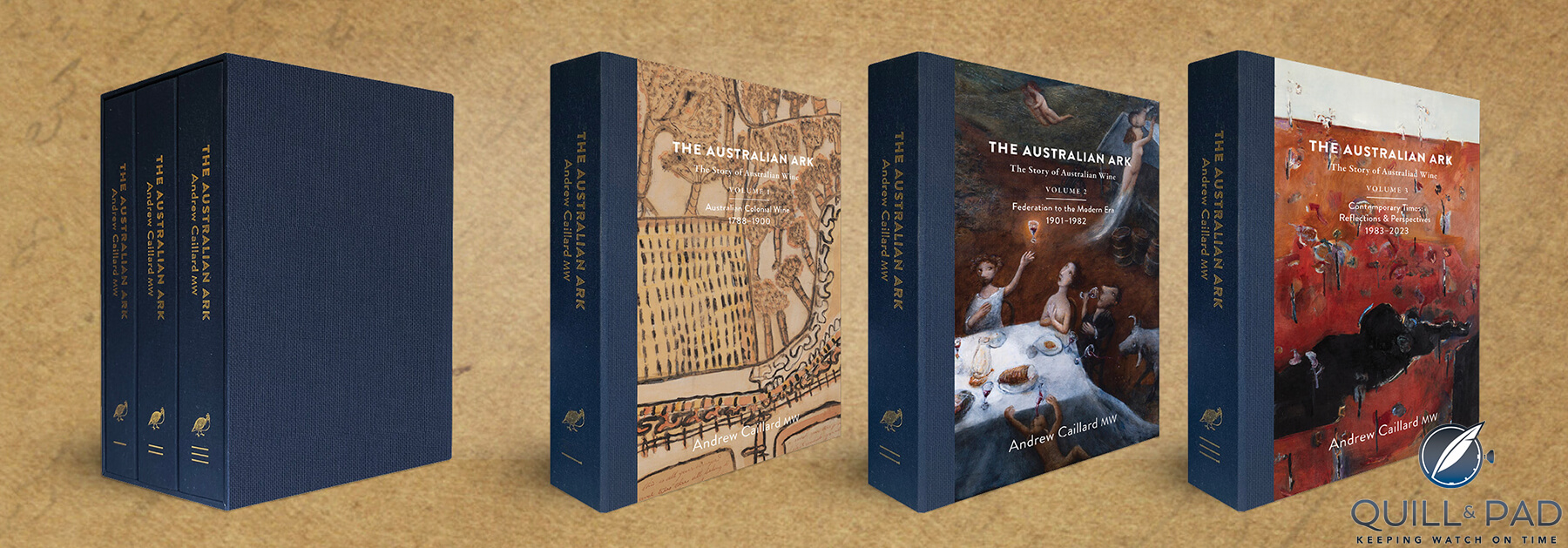
‘The Australian Ark’ by Andrew Caillard
This is an astonishing achievement, one which is a must for anyone with any interest in wine, especially from Australia, or indeed simply an interest in history.

Andrew Caillard
I first met Andrew more than thirty years ago. I was still working as a lawyer and had just returned to Australia, and was with a firm in Sydney. Andrew had recently started wine auctions there, on behalf of the Melbourne company, Langtons. This was in the days before the internet meant anyone could find out anything about a wine at a moment’s notice and bid online. Back then, you could fax in a bid if you wanted to, but most people turned up in person. It was great fun and very often there were some astonishing bargains, especially when rare bottles appeared.
This, as I discovered, was especially so if one was prepared to sit around until the end of the auction. Late entries were always the last to be offered to those present, often just a very few stalwarts. On one occasion, I managed to grab four bottles of de Vogue Musigny at A$40 a bottle – even back then, that was pretty good buying.
Staying till the finish meant I’d often end up chatting with Andrew and I got to know him and his quirks. I remember him being rather upset on one occasion. Seems that the night before, he’d had dinner with some friends who served ice-cream drenched in Yquem. Andrew mentioned this when offered a bottle of Yquem for auction and apparently a few people had not taken it well. Hardly his fault, but he had taken it rather personally. I remember it as being quite amusing, but Andrew seemed genuinely mortified that he might have offended anyone, however inadvertently.
Over the years, as I transitioned from the law to wine writing, I saw a lot more of Andrew – on trips, at tastings and various events – and consider him a good friend. So you may think that anything I have to say may have a small bias. A quick look at the thoughts of some of the luminaries of the wine world and one can see that their thoughts align very much with mine – “a triumph…, a masterpiece…, monumental…, majestic…,” and so on.
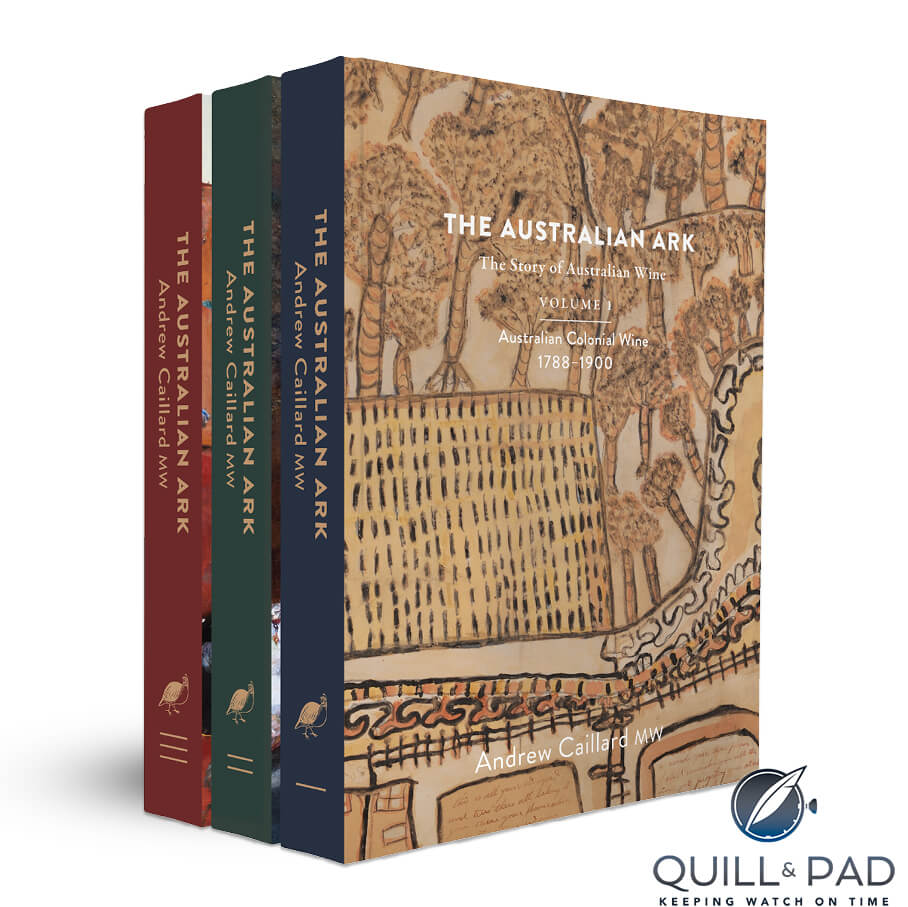
‘The Australian Ark’ collection by Andrew Caillard
The three volumes are divided into –
- Australian Colonial Wine, 1788 – 1900.
- Federation to the Modern Era, 1901 – 1982.
- Contemporary Times: Reflections & Perspectives, 1983 – 2023.
Each of the three goes into incredible detail but remains fascinating and extremely readable. In total, we have 1,762 pages.
———————————————————————————————————-
—————————————————————————————————–
The three volumes are all superbly illustrated, which should be no surprise as Andrew himself is a highly respected artist. Indeed, the time that must have gone into accessing and arranging the extraordinarily extensive collection of paintings, photos, memorabilia, bottle shots, and just the weird and wonderful as it pertains to Australian wine is mindboggling in itself.
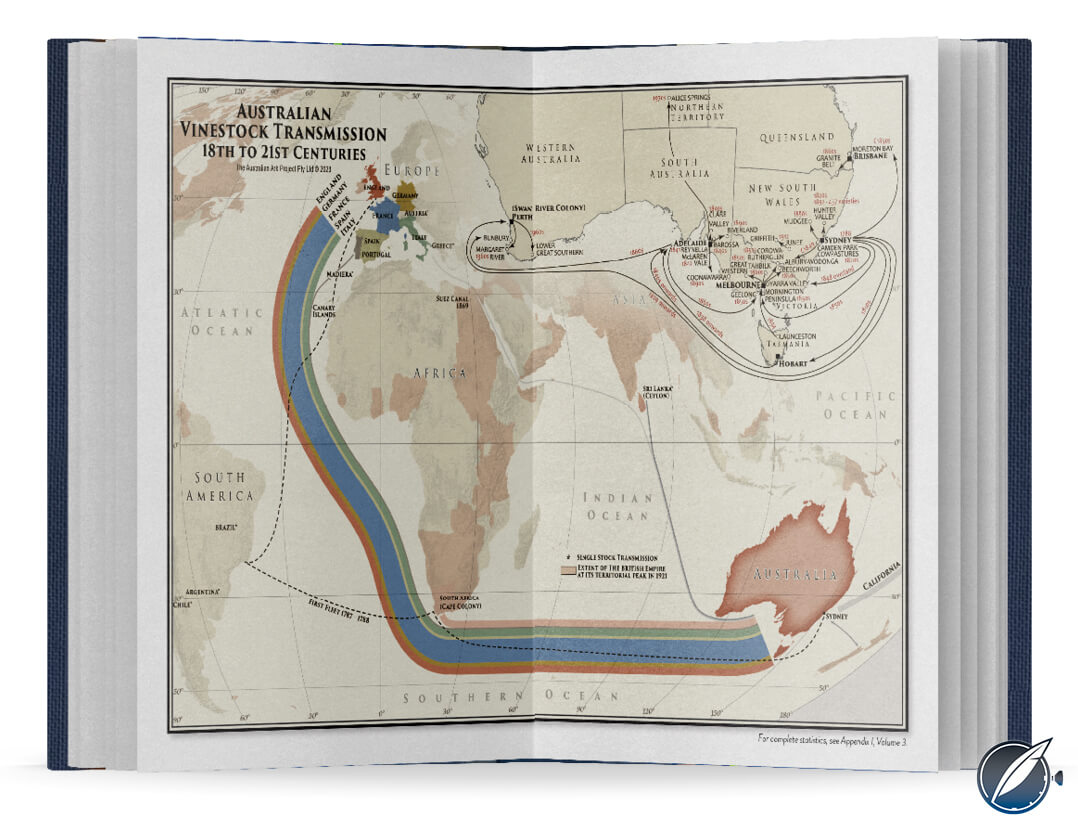
‘The Australian Ark’ by Andrew Caillard
There are some 1,200 illustrations through the book. If one were to start providing a few examples, one would likely never stop (in other words, buy a copy and look for yourself). Even if one did not read a word, thumbing through the books would see one absorbed for many hours.
Most people involved in the wine world would be very aware of Andrew and his achievements. He was one of the very first Masters of Wine from Australia, attaining the qualification in 1993, winning the Madame Bollinger Medal for excellence in winetasting along the way. He had previously graduated from the famous Roseworthy College in South Australia and had already established Langtons Sydney and was the force behind the still essential Langton’s Classification of Australian Wine. He has written extensively in various magazines and as the author of the Penfold’s ‘Rewards of Patience,’ among others.
He has judged extensively around the world, is a Baron of the Barossa, and was the driving force behind the famous documentary, ‘Red Obsession,’ narrated by Russell Crowe. Every year, he judges the annual Gimblett Gravels dozen. The list of achievements goes on and on, and no doubt will continue to do so in coming years. It is for this incredible work that I suspect he will be most remembered.
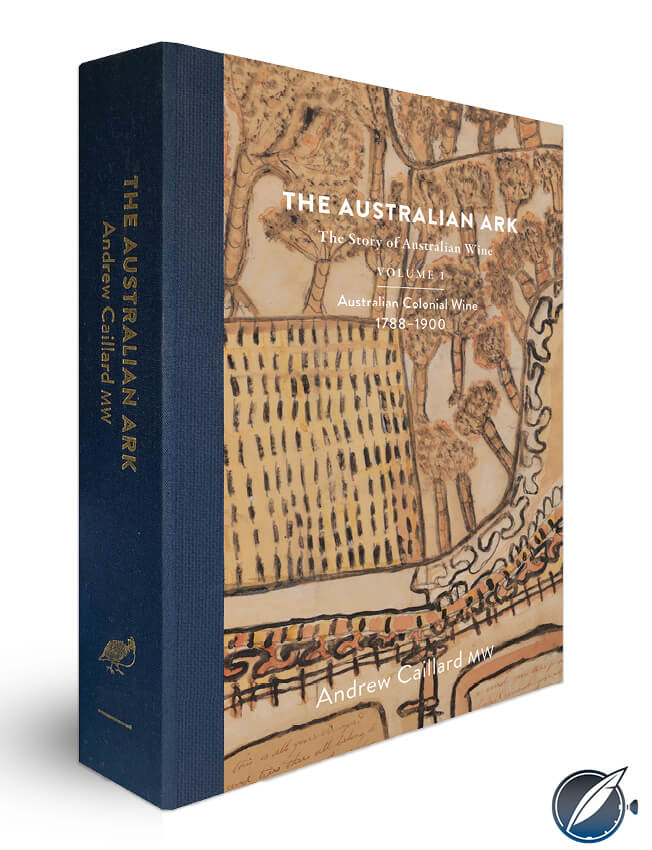
Volume 1 of ‘The Australian Ark’ by Andrew Caillard
Volume 1, necessarily, focuses on the early history of Australia, the interaction that European settlers had with the Indigenous Australians and the role (sometimes relatively minor) that wine played throughout. Having recently researched some of the same, although very much reduced, history for a piece I was preparing, I have an idea of the enormous amount of work that Andrew has undertaken. I spent many hours working on my piece – I would have been far better simply waiting on the publication of the Ark.
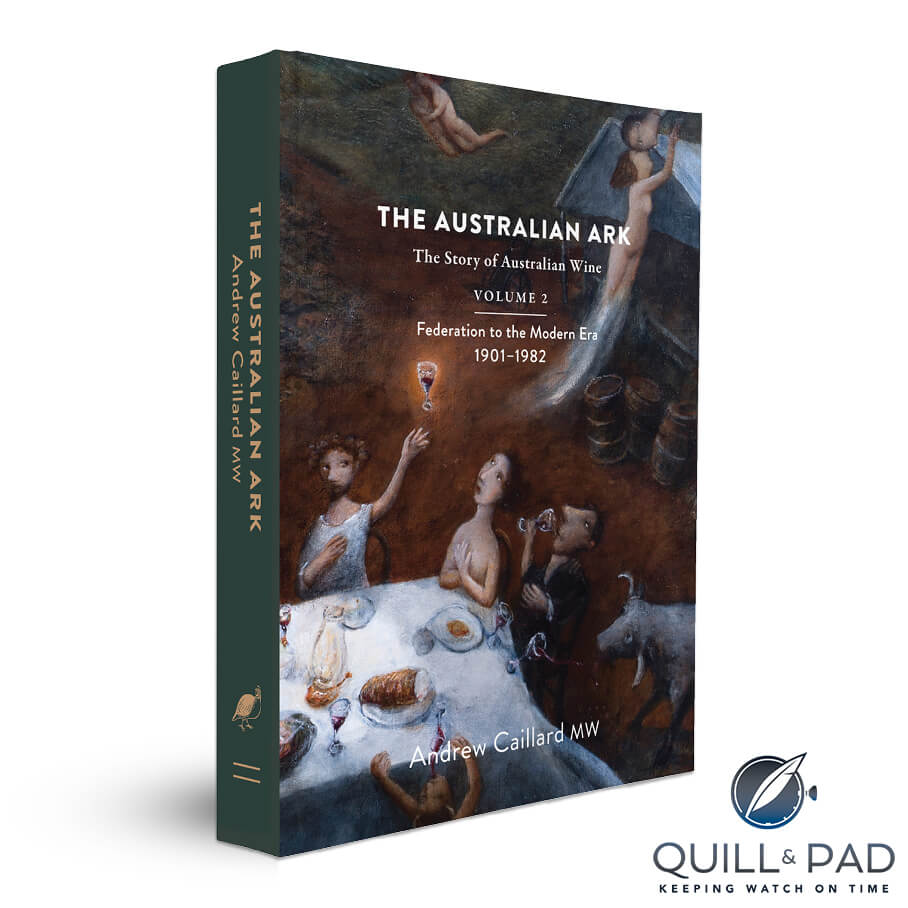
Volume 2 of ‘The Australian Ark’ by Andrew Caillard
Volume 2 begins at the time of Federation and takes us through a period where wine was, for many Australians, little more than a curiosity (or worse). For others, the foundation for what was to come was being established and many wonderful wines were made, regions opened, wineries erected and legendary personalities brought to the fore.
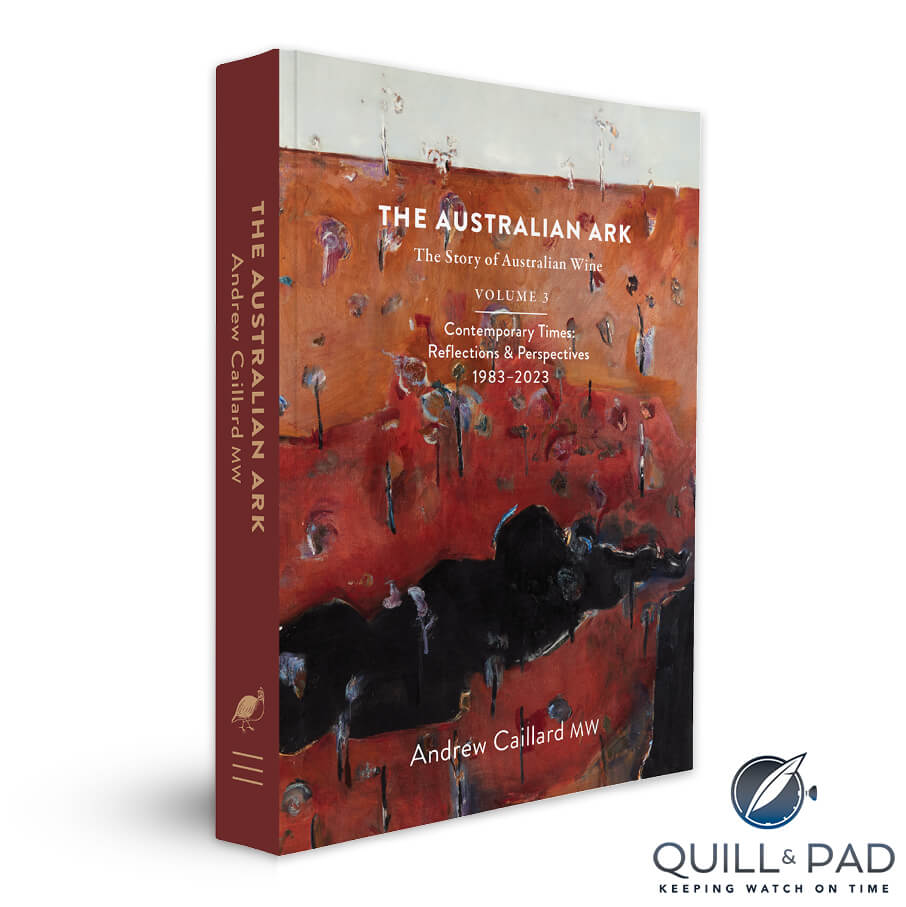
Volume 3 of ‘The Australian Ark’ by Andrew Caillard
Volume 3 takes us from 1983, around the time that the modern industry emerged, till today. Many names and stories will be familiar to winelovers of today, but many more will be new. The latter two volumes also feature many of our more famous wines.
—————————————————————————————————–
—————————————————————————————————–
What is most riveting for me, and I suspect many others, are the various anecdotes and stories about people, places, and wines that appear nearly every page.
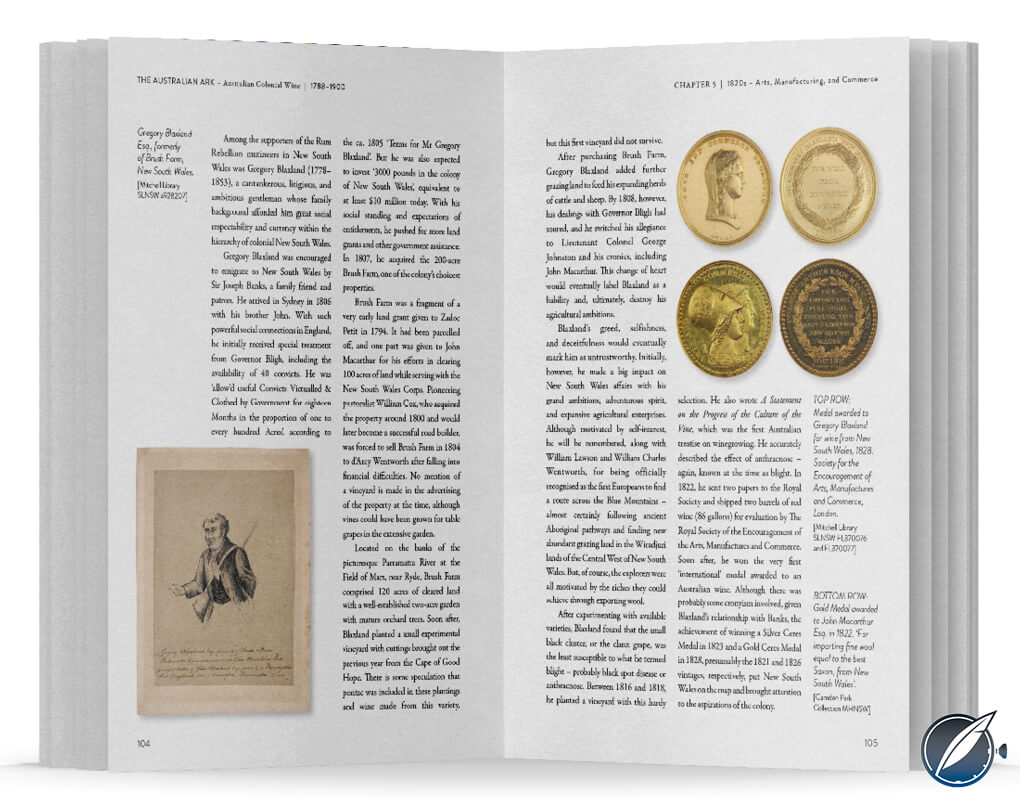
‘The Australian Ark’ by Andrew Caillard
Naturally, as a Queenslander (they say we are the most parochial people you could hope to meet – parochial about everything except our wine industry it has also been said), even though our wine industry is very much late to the party and minor in comparison with all other States, one does check out just how much coverage we get.
I suspect Queenslanders would think too little; others too much, but no one is buying this work for its coverage of Queensland.
If I may digress, there was one story that I had hoped might appear (perhaps next edition?). It does relate to Queensland, and it may have changed the entire Australian wine industry as we know it today. It is covered by John Moran in his book, “In the Grip of the Grape – Establishing Queensland’s Wine Industry” (1993).
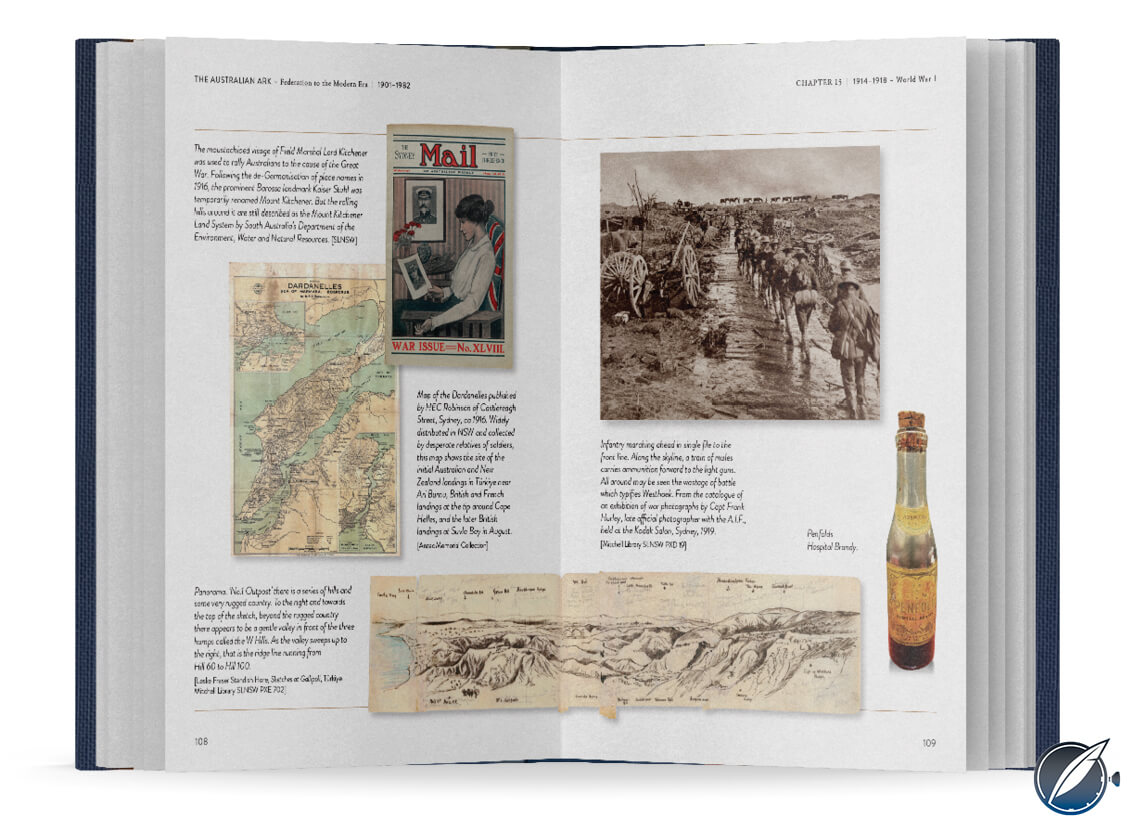
‘The Australian Ark’ by Andrew Caillard
Earlier days of Australian history saw considerable conflict between the Catholic and Protestant religions, and also within the Catholic Church between the Irish and Italian factions.
The initial Catholic Bishop to Queensland, James Quinn, arrived in 1861, just two years after the formation of the new Colony (when he first arrived at his new home, it was obvious that he was not prepared for what he would find, asking as to just where the city of Brisbane was, while standing in the middle of it).
Needless to say, he fell firmly on the Irish side and pushed very hard for his Queensland Immigration Society – basically, an organization determined to enhance Irish immigration to Queensland. Not unreasonable when one considered the poverty of his homeland and the potential of his new one.
He made contact with the Society’s agent in Ireland, who just happened to be his brother, Matthew Quinn (who subsequently became the Bishop of Bathurst). The plan involved public money for land grants, but this raised the specter of Queensland becoming a Roman Catholic colony and there was not inconsiderable opposition to this.
—————————————————————————————————–
—————————————————————————————————–
In fairness, Quinn was also keen to develop Queensland to the extent he could, and this included “the cultivation of cotton, the vine, the olive….” He contacted the Queensland Colonial Secretary, Sir Robert Herbert (soon to be Queensland’s first and youngest Premier at the age of just 28 – and apparently a highly respected one) for support for his proposal, but at the time, Herbert was more interested in the threat of mass Irish immigration. What Quinn was offering came via a nobleman he had met in Milan, which was an offer to send to Queensland, “1,000 adults well skilled in everything connected with the cultivation of the vine”.
Herbert procrastinated and the offer and opportunity lapsed. Shortly after, the Granite Belt received a single Italian priest, Father Jerome Davidi (celebrated by a wine in his honor from the Sirromet winery), who did his best, but one amateur vigneron could hardly compare with what one thousand winemakers might have achieved.
Had Herbert moved quickly and accepted the offer, what would the Australian wine industry look like today? One thousand Italian winemakers arriving in Queensland in the 1860s? No one would have ever expected them all to stay in Queensland. Indeed, one suspects that very few would have done so.
Surely, they would have spread across the continent, gravitating especially to regions in New South Wales, Victoria and South Australia, where grapes were thriving. One also finds it hard to imagine that they would have been happy working with unfamiliar varieties. Impossible to believe that an influx of Italian grapes would not have followed.
It seems very possible, had the offer been accepted, that it would have been varieties such as Nebbiolo, Sangiovese, Fiano, Prosecco, Barbera, Corvina, Nero d’Avola, Vermentino, Sagrantino and others which may have been as dominant as Cabernet, Shiraz, Riesling and more are today.
But, sliding doors…
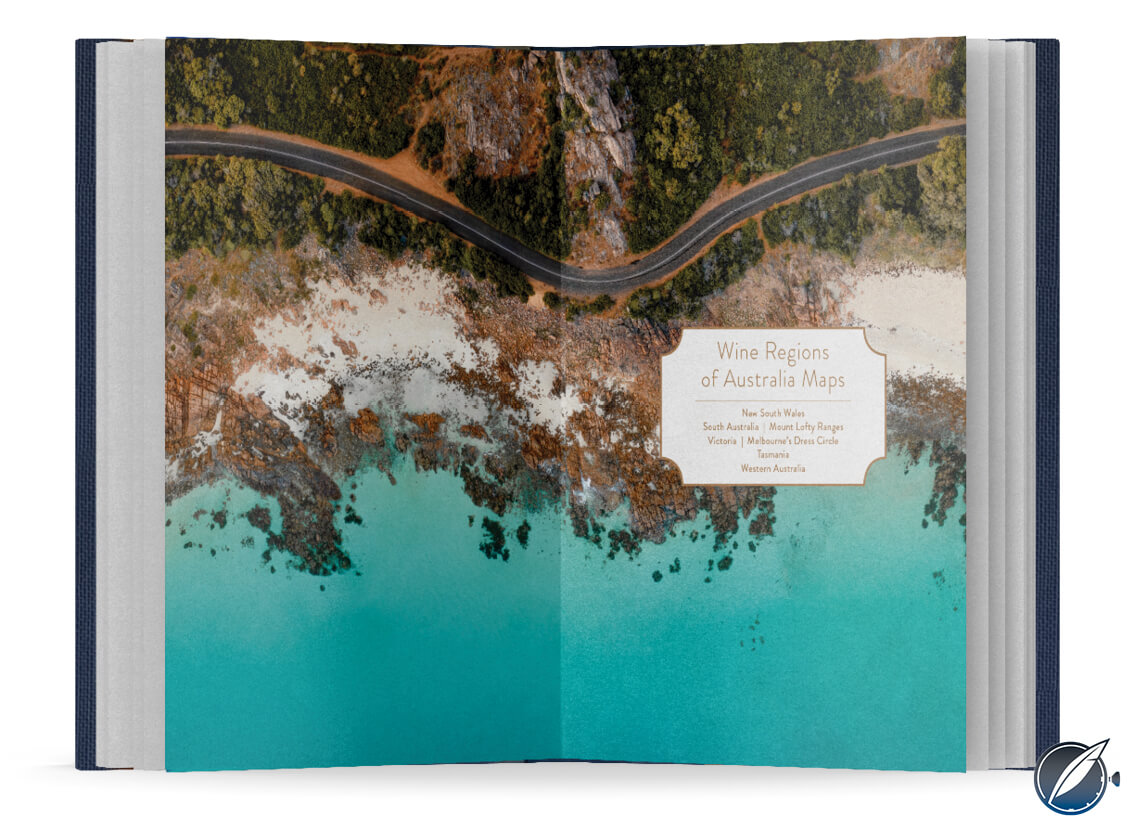
‘The Australian Ark’ by Andrew Caillard
Returning to the Ark, if this one very minor omission is the only shortcoming, then we are doing very well. Toss in one or two typos – ‘coast’ becomes ‘coat’ on one occasion. Otherwise, the attention to detail and presentation, let alone the content, are simply stunning.
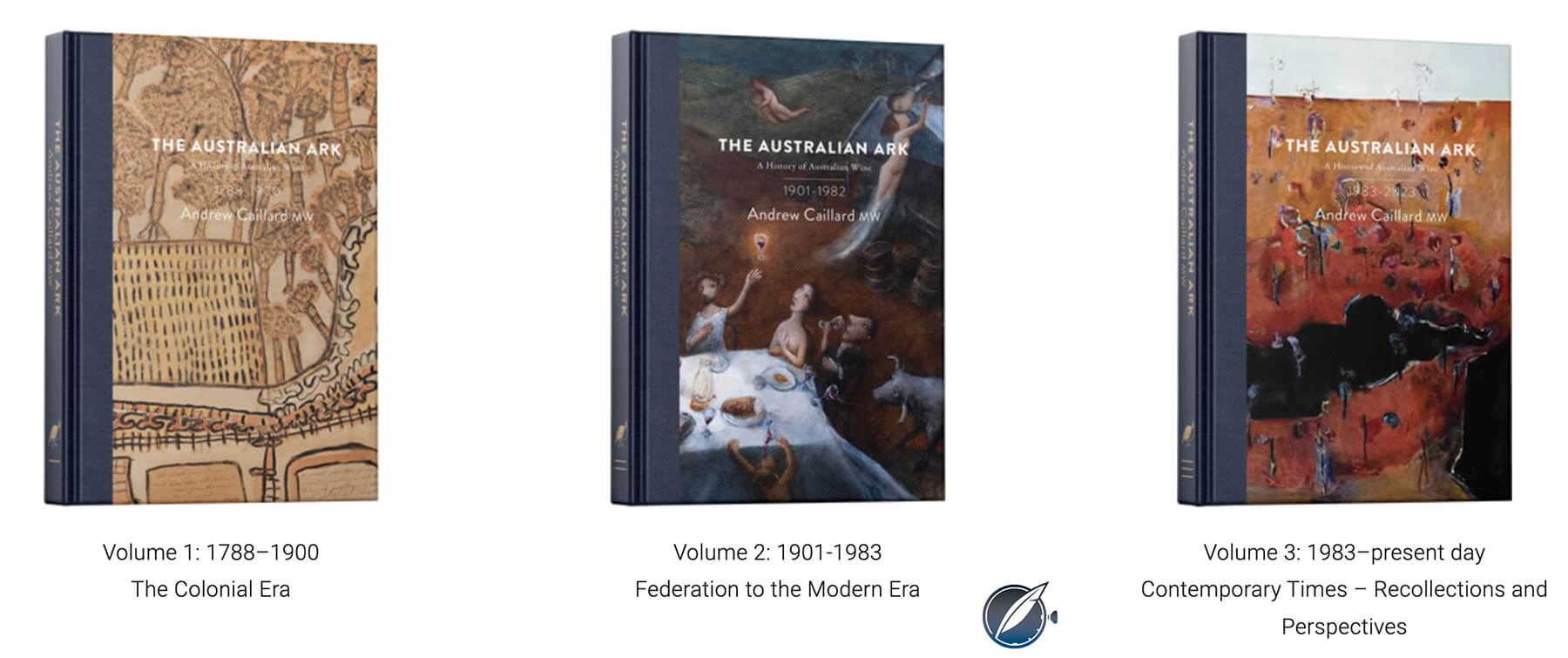
‘The Australian Ark’ by Andrew Caillard Volumes 1, 2, and 3
Andrew has talked about how this book began as a small 10,000-word project back in 2005. Almost twenty years later, the final result is nearly 500,000 words.
Those interested, and if you are not then I’d suggest you have no genuine interest in wine, can look to one of four different versions – paperback (A$199), hardback (A$399), Collector’s Linen ($A??) and Collector’s Leather (A$999).
By any standards, what Andrew has given us is indeed a masterpiece. This is the one work on Australian wine which is indispensable. I am in awe.
For more information or to order, please visit https://australianark.com/
You might also enjoy:
Book Review: Oxford Companion to Wine – “The Greatest Wine Book ever Published” Washington Post
Book Review: Modern Caribbean Rum by Matt Pietrek and Carrie Smith
Gimblett Gravels Annual Vintage Selection From Hawke’s Bay, New Zealand: Wine Highlights And Scores


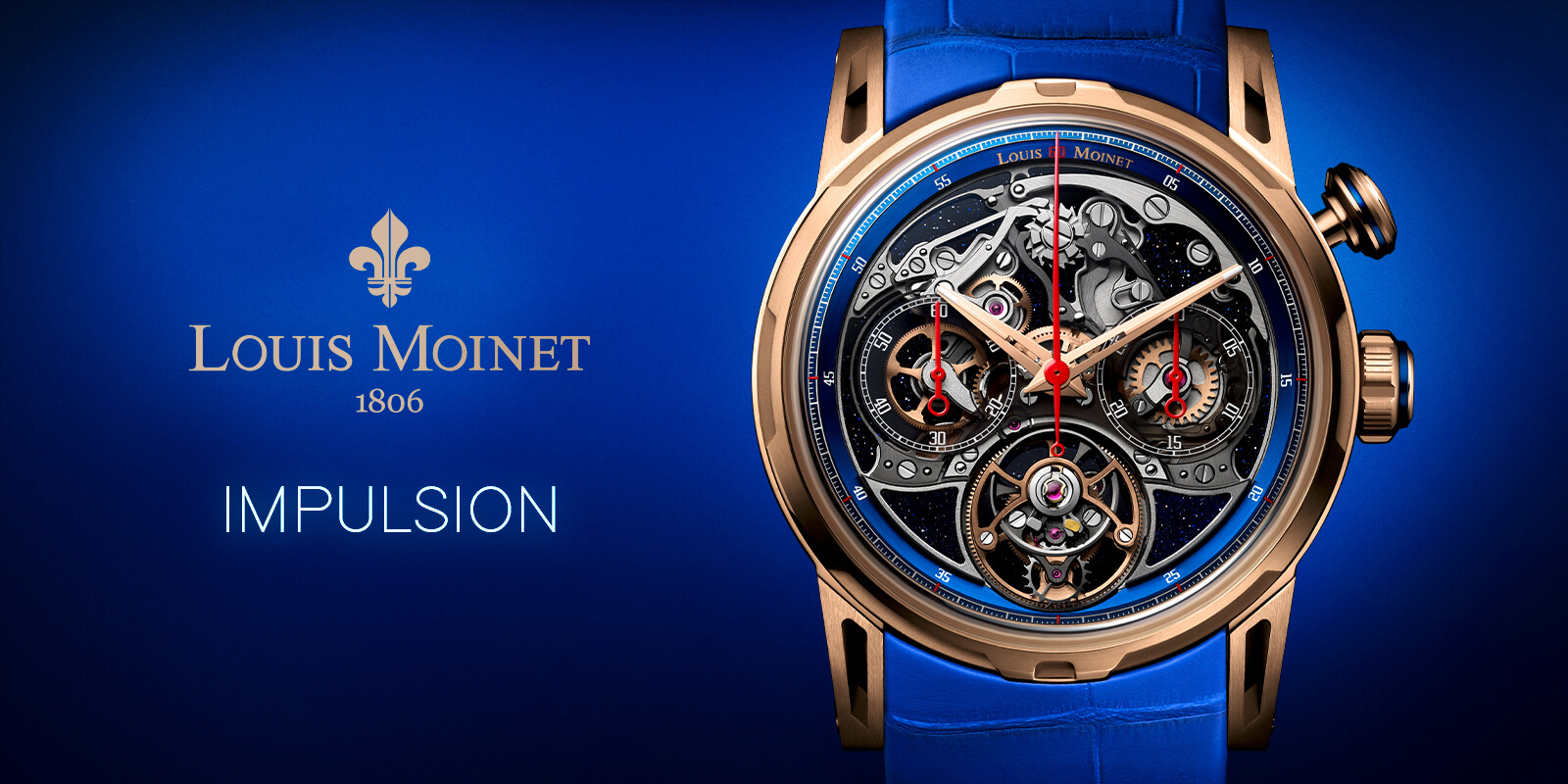
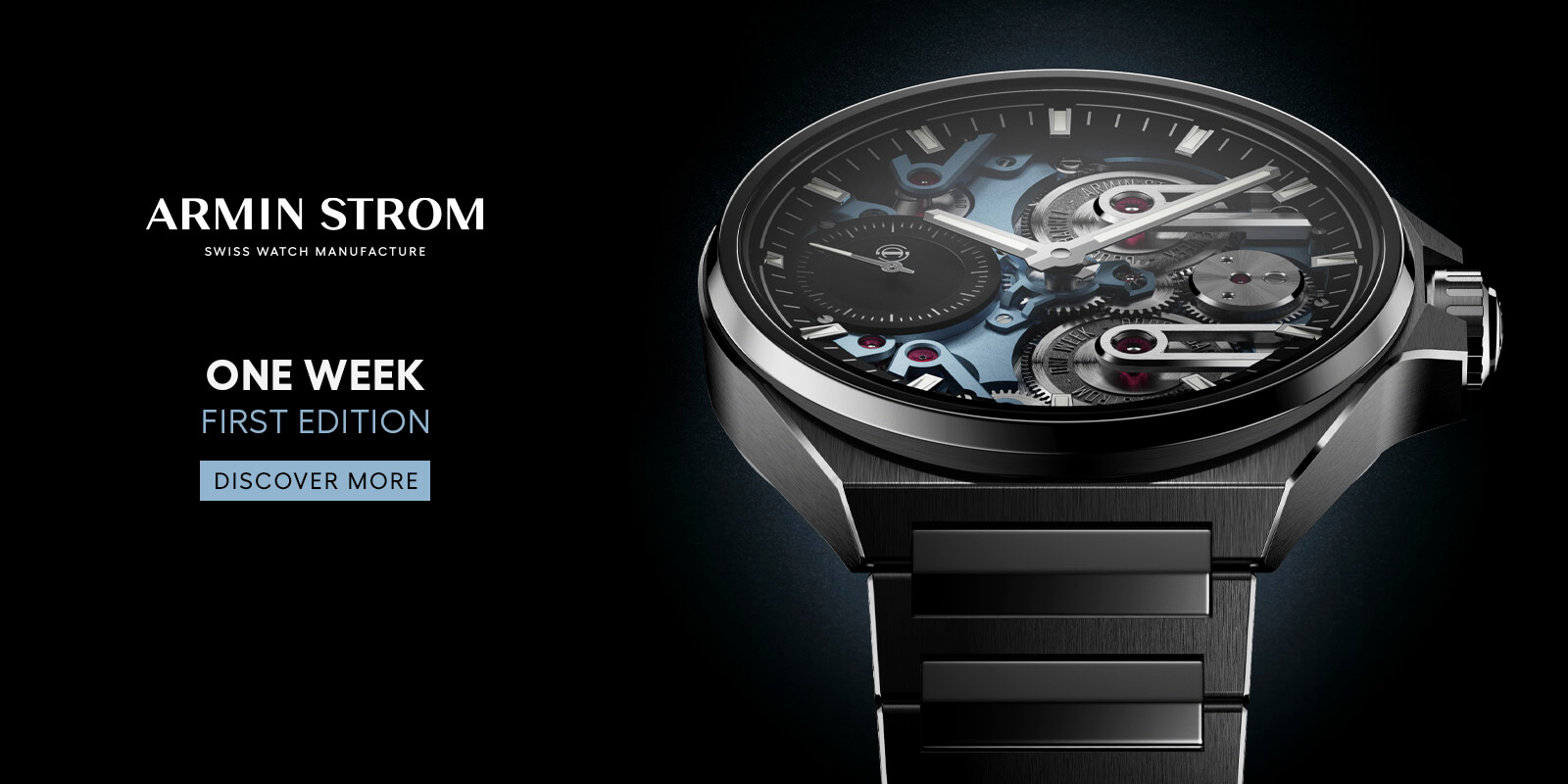
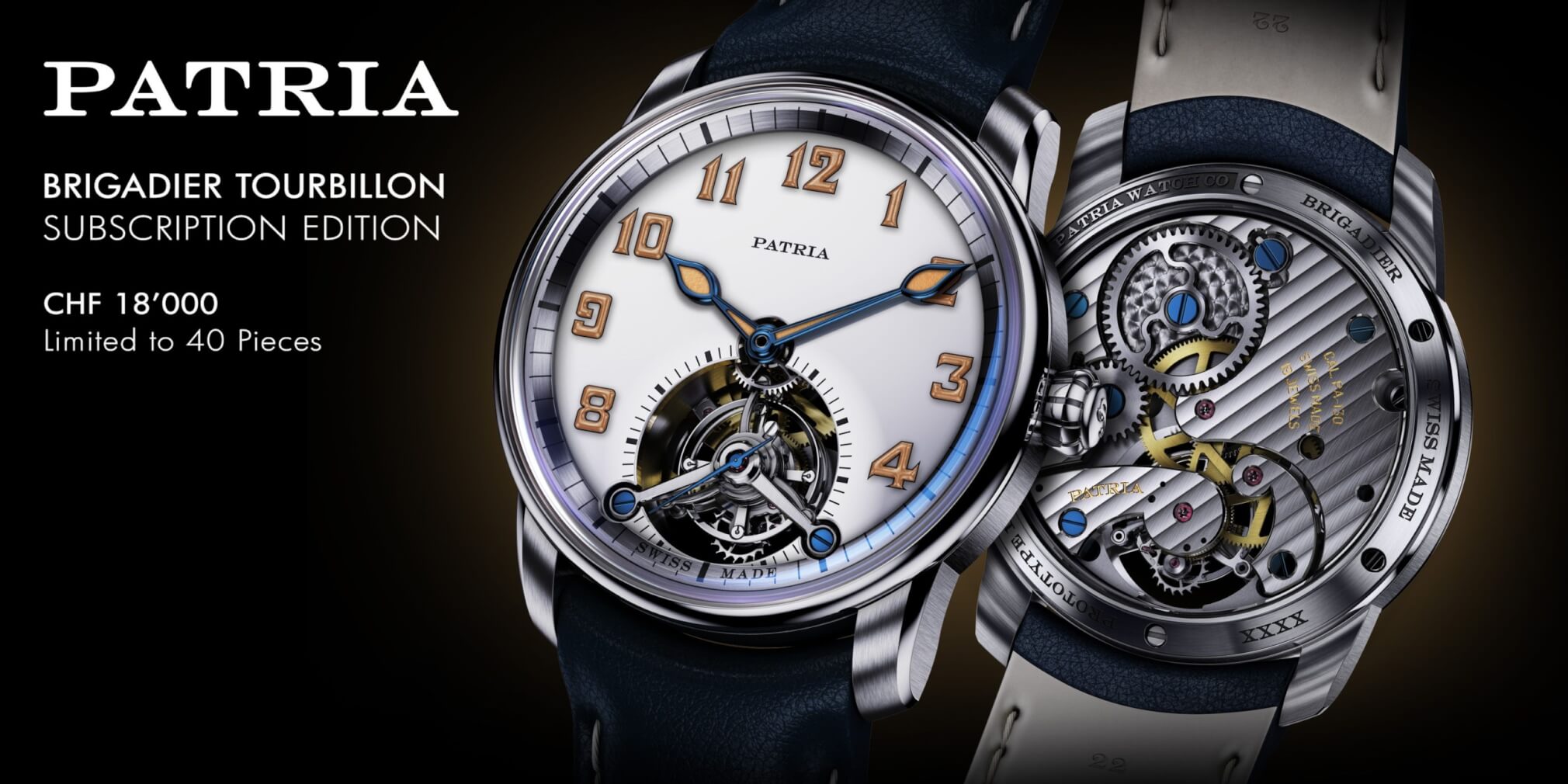


Leave a Reply
Want to join the discussion?Feel free to contribute!